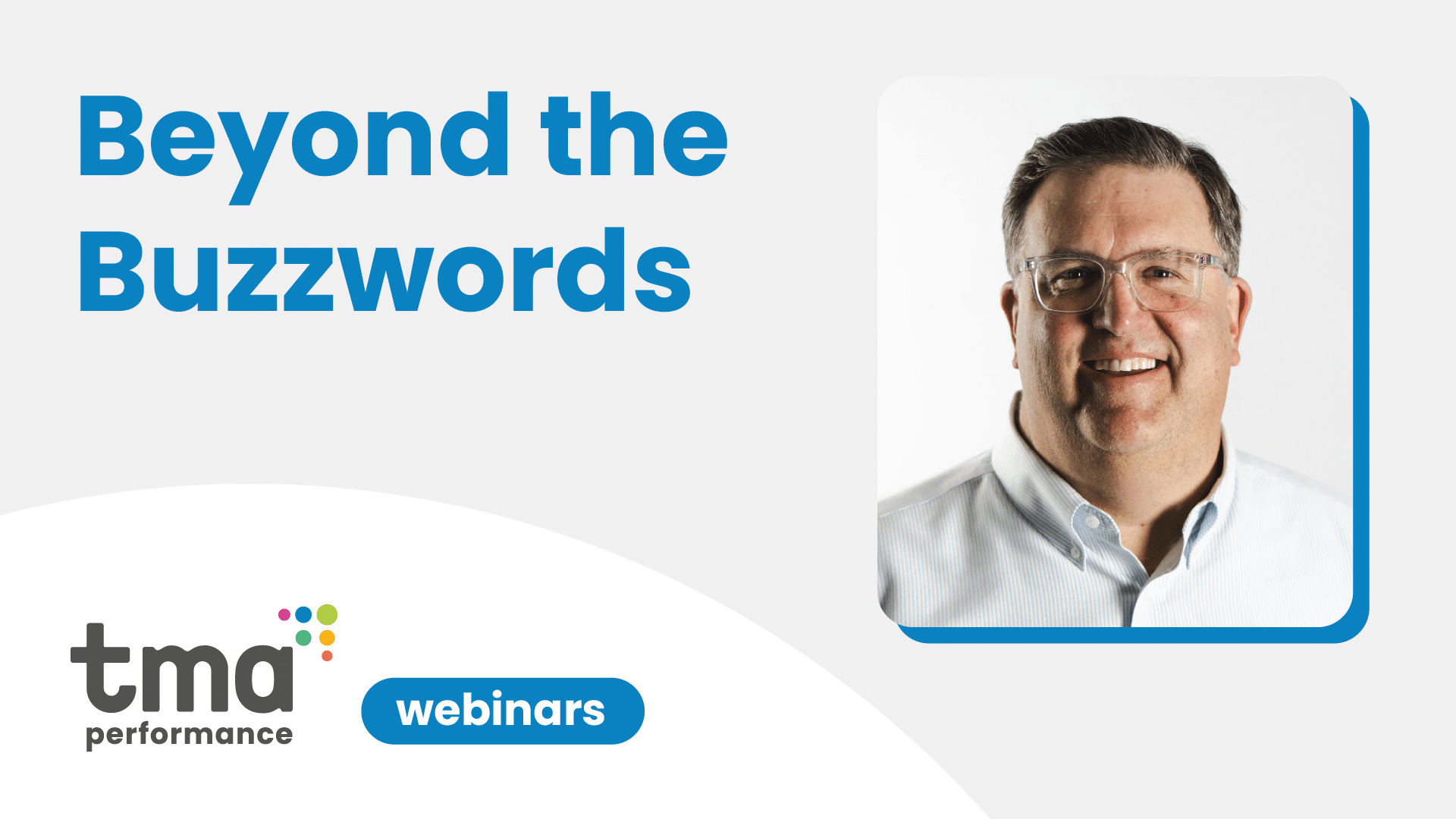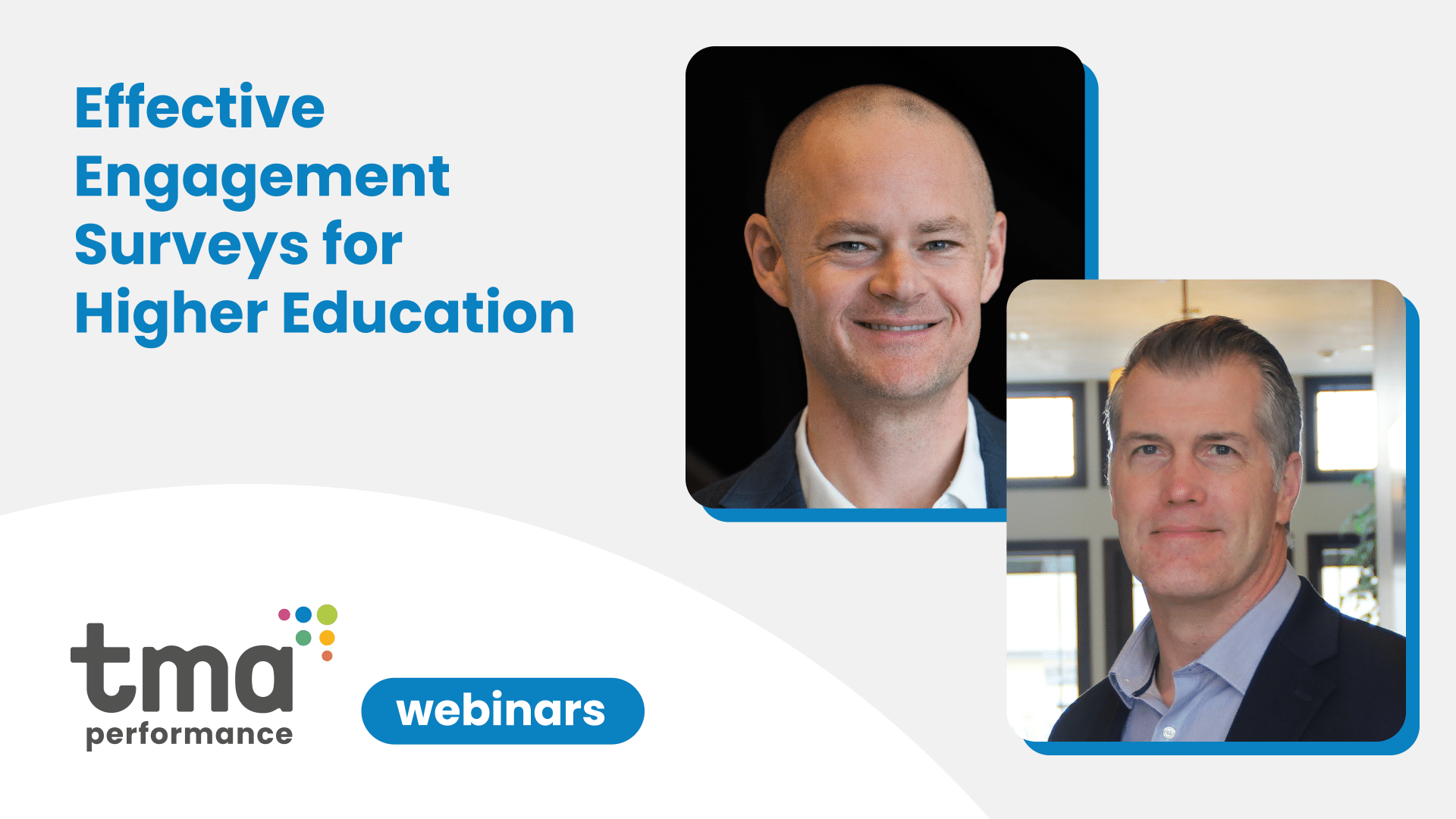It Can Be Challenging to Get Executive Approval for Employee Engagement
Human Resources (HR) leaders often face the challenge of gaining executive support for initiatives that are crucial for organizational growth, such as employee engagement surveys. These surveys are vital tools for understanding employee sentiment, identifying areas for improvement, and fostering a productive workplace culture. However, securing executive buy-in can be a daunting task. This article aims to provide HR leaders with strategies to gain executive support for an employee engagement survey by leveraging the DecisionWise Employee Experience (EX) Maturity Model.
Leverage the DecisionWise EX Maturity Model
The DecisionWise EX Maturity Model offers a framework for assessing an organization’s readiness to manage the employee experience actively. It comprises six levels of organizational readiness:
1. Passive
Organizations at this level are not actively managing or measuring the employee experience.
2. Measurement
At this stage, organizations are ready to measure the employee experience, communicate the results, and take basic actions based on the survey findings.
3. Commitment
This level is characterized by executive buy-in and additional ownership of the employee experience.
4. Management
Here, ownership and accountability for the employee experience are expanded through the leadership structure.
5. Integration
At this stage, the employee experience becomes a consideration in all major organizational decisions.
6. Mastery
In this final stage, the adherence to the integration level is maintained and institutionalized in the organizational identity.
Strategies for Gaining Executive Support
1. Align With Organizational Goals
To gain executive support, HR leaders must align the employee engagement survey with the organization’s strategic goals. Demonstrate how the survey can provide insights that directly impact critical business outcomes such as productivity, retention, and customer satisfaction. Present data and case studies from similar organizations to show the positive correlation between employee engagement and organizational success.
2. Start with a Pilot Program
If executives are hesitant, propose a pilot program. A smaller-scale survey can showcase the potential benefits without requiring a significant initial investment. Use the results from the pilot to build a compelling case for a broader implementation.
3. Highlight the Levels of the DecisionWise EX Maturity Model
Explain the DecisionWise EX Maturity Model to executives, emphasizing the importance of progressing through the levels. Highlight how reaching higher levels of readiness can lead to a more engaged and productive workforce. Use the model to illustrate the current state of the organization and the desired future state.
4. Show Quick Wins
Executives are often motivated by quick wins. Identify areas where immediate improvements can be made based on survey feedback. Implement these changes and communicate the positive outcomes to the executive team. This will build their confidence in the survey’s value.
5. Engage Key Stakeholders Early
Involve key stakeholders in the planning process. Their input and buy-in can significantly influence executive support. Conduct interviews or focus groups to gather their perspectives on the survey’s importance and potential impact. Present these findings to the executive team to demonstrate widespread support.
6. Present a Clear Action Plan
Executives need to see a clear action plan that outlines how the survey will be conducted, how the results will be analyzed, and what steps will be taken based on the findings. Provide a timeline, budget, and defined roles and responsibilities. This clarity will help alleviate any concerns and demonstrate that the initiative is well-thought-out.
7. Emphasize Executive Ownership
Highlight the importance of executive ownership at the Commitment level of the DecisionWise EX Maturity Model. Explain that their active involvement and support are crucial for the initiative’s success. Share examples of organizations where executive involvement led to significant improvements in employee engagement.
Overcoming Common Objections
1. Cost Concerns
Executives may be concerned about the cost of conducting an employee engagement survey. Address this by presenting a cost-benefit analysis. Show how the investment in the survey can lead to long-term savings through reduced turnover, increased productivity, and improved employee morale.
2. Fear of Negative Feedback
Some executives may fear that the survey will reveal negative feedback. Emphasize that understanding employee concerns is the first step towards improvement. Assure them that the goal is to use the feedback constructively to create a better work environment.
3. Doubts About Actionability
Executives may doubt whether the survey results will lead to actionable insights. Counter this by sharing examples of specific actions that can be taken based on survey feedback. Highlight the Management and Integration levels of the DecisionWise EX Maturity Model, where actionable insights drive organizational decisions.
Monitoring Progress and Maintaining Momentum
1. Regular Updates
Provide regular updates to the executive team on the survey’s progress and the actions taken based on the results. Use these updates to demonstrate ongoing value and build momentum for continuous improvement.
2. Celebrate Successes
Celebrate and communicate successes resulting from the survey. Recognize teams and individuals who have contributed to positive changes. This will reinforce the survey’s importance and encourage continued executive support.
3. Institutionalize the Survey
Finally, work towards institutionalizing the employee engagement survey as a regular part of the organization’s operations. Organizations new to surveying should aim for the “Management” level for their first goal. Mastery can come later. This ensures a structured approach to improving employee engagement while setting the foundation for future advancements.
Remember, Be Strategic
In conclusion, gaining executive support for an employee engagement survey requires a strategic approach that aligns with organizational goals, demonstrates value, and builds on the principles of the DecisionWise EX Maturity Model. By following the strategies outlined in this article, HR leaders can secure the necessary buy-in and drive meaningful improvements in employee engagement and organizational performance.
If You Need Additional Support for Executive Buy-In, Talk to our Product Experts
DecisionWise has been enhancing employee listening for over 25 years with companies of all shapes and sizes. If you’re encountering difficulties in the buy-in process, schedule a call with a product expert to get assistance in showcasing the need for engagement surveys and employee listening software. DecisionWise aims to partner with you through the entire process to ensure your successful.




